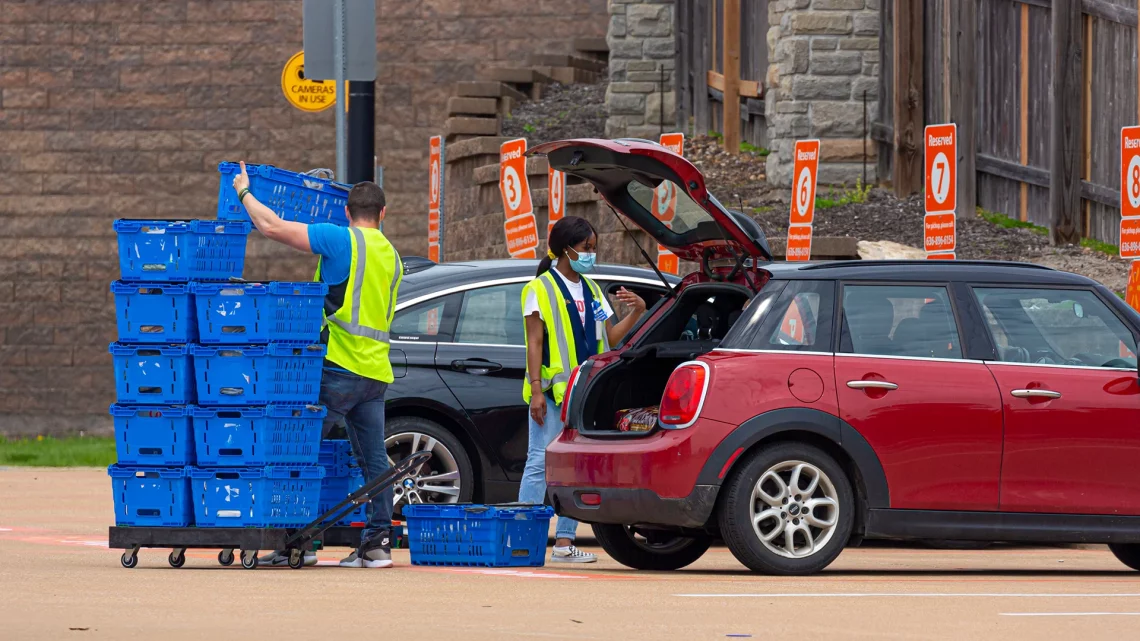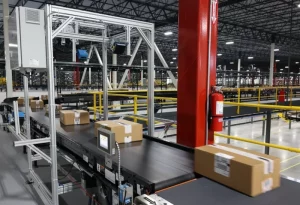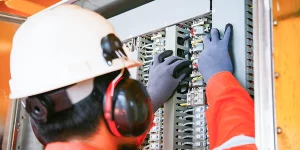New Era of Grocery Distribution
The demand for grocers to fill and deliver food orders has ramped up exponentially over the past year, in part due to the challenges of COVID-19. New paradigms and technologies are being accepted and implemented on a major scale. Many grocers are circumventing in-store shopping by rapidly expanding e-commerce, local store delivery (direct or via services like Instacart and Shipt) and curbside pickup.Alternative Warehouse Environments
Many grocery distribution networks are built to support retail store replenishment, often managing pallet and full case quantities. Even purely e-commerce grocers are challenged with fulfilling both dry and fresh goods within consumers’ quick shipping expectations. However new, alternative warehousing and fulfillment environments are building momentum, especially with the pandemic limiting consumer presence in stores. These emerging strategies enable grocers to meet rapidly growing e-commerce, store delivery and store pickup service needs:- In-store – employees select products from the same aisles and shelves as customers do, during open hours and/or after hours.
- Micro-fulfillment – mini fulfillment centers created within retail store warehouses.
- Dark stores – Employee-only retail stores built for delivery or pickup, where customers never go inside.
New Methods Include New Challenges
Supporting order fulfillment store employees can be labor-intensive, error-prone and costly. The initial challenges may include:- Space considerations can impact service. Limited aisle space in distribution centers, stores or even dedicated mini-fulfillment areas can make an employee compete with other employees or even customers for the same inventory.
- Paper order picking presents accuracy issues for any picking methodology.
- Single-order picking, where one picker fills one order at a time. The potential travel time across a large store is inefficient and slow.
Try a New Batch
Batching multiple orders together maximizes employee efficiency, enabling them to pick and sort multiple orders for each pass through the store or micro fulfillment area. Batch-picking maximizes productivity and reduces labor costs, while simultaneously decreasing errors, complaints and returns.RF, Lights, Action
Batch picking potentially maximizes each pass, but more complicated picking techniques could also add time and quality shortfalls to the process, especially if managed with paper pick lists. Automating picking carts mitigate errors and increase throughput. The utilization of pick-to-light/put-to-light and RF technologies simplify the process, adding speed and value to the strategy. This video shows how lights and RF work together to guide employees to the right pick locations, then scan and sort product to the correct customer carton or tote on the cart.Automated Batch Picking Carts
Matthews Lightning Pick Carts are built to customer specifications, so designs considering the space limitations of in-store or mini-fulfillment picking areas are an available option. You can see the variety of carts Matthews has built for different requirements here: https://pickcarts.com/applications/. We look forward to discussing your unique process requirements.Watch for future blogs exploring autonomous mobile robots, warehouse execution systems and other advanced automation solutions for grocery picking applications.
About the Author
Lynn Drewicz, Matthews Marketing Manager, has worked with many global manufacturers and material handling suppliers, from custom technical ceramics, metal fabrication and membrane switches, to industrial samplers, heat exchangers, batteries and automation products. Her hobbies include tennis and music.




